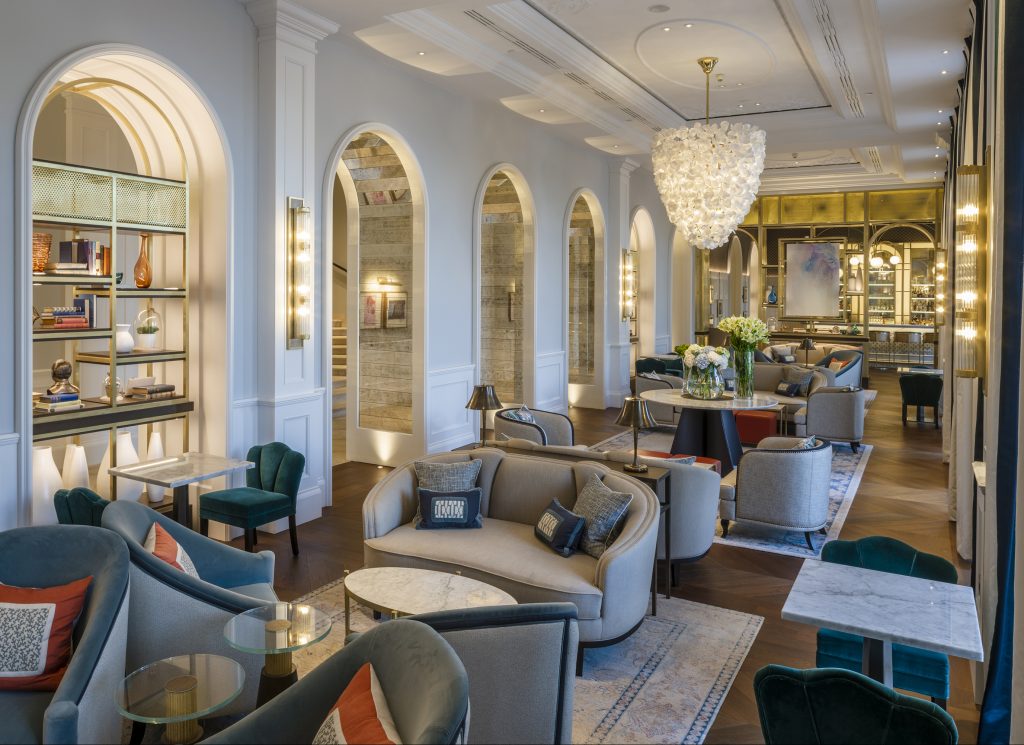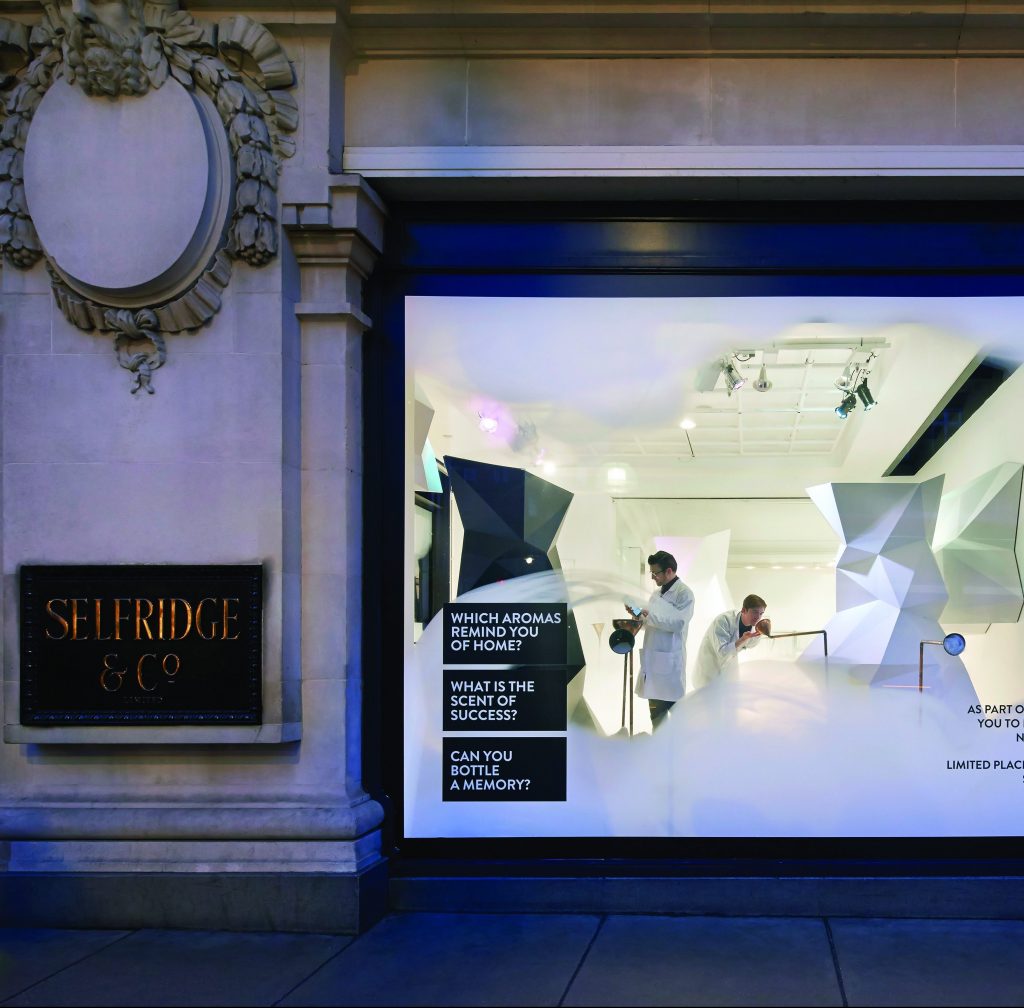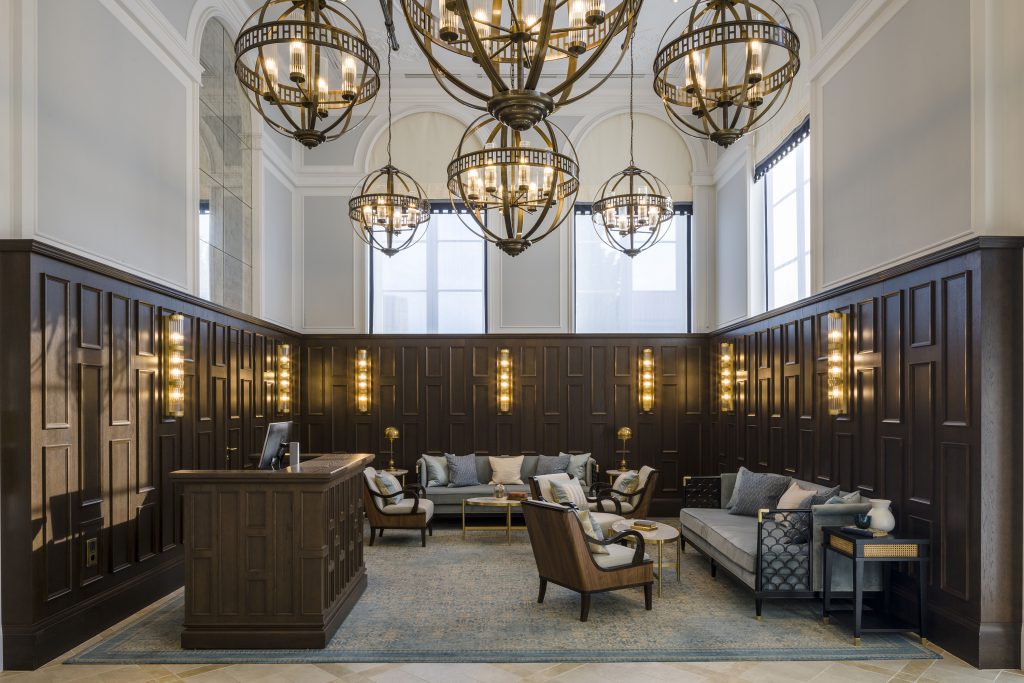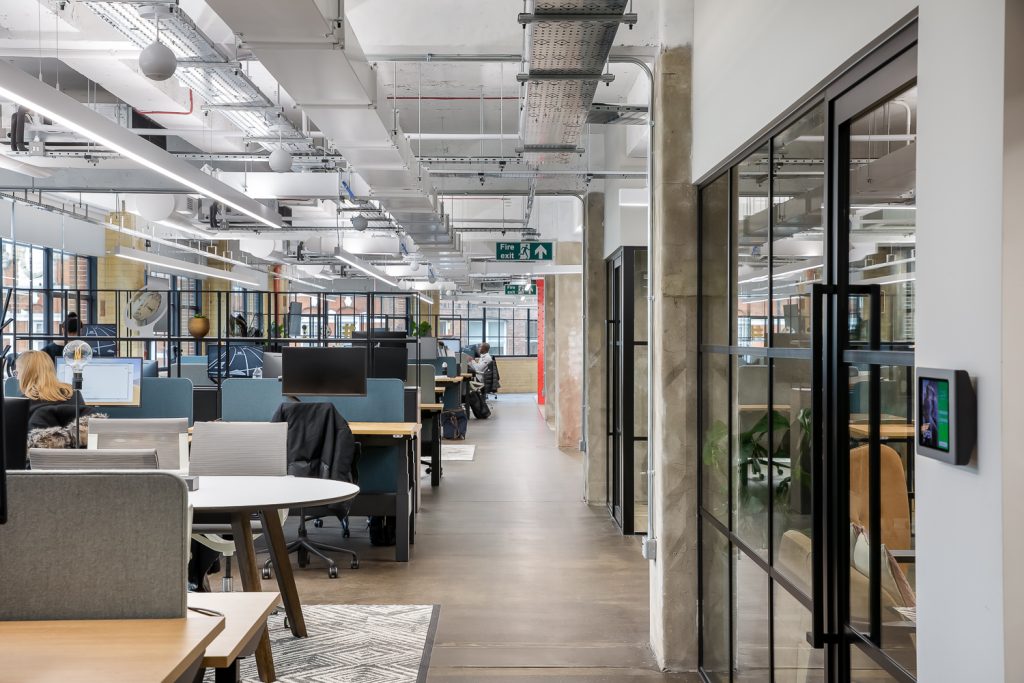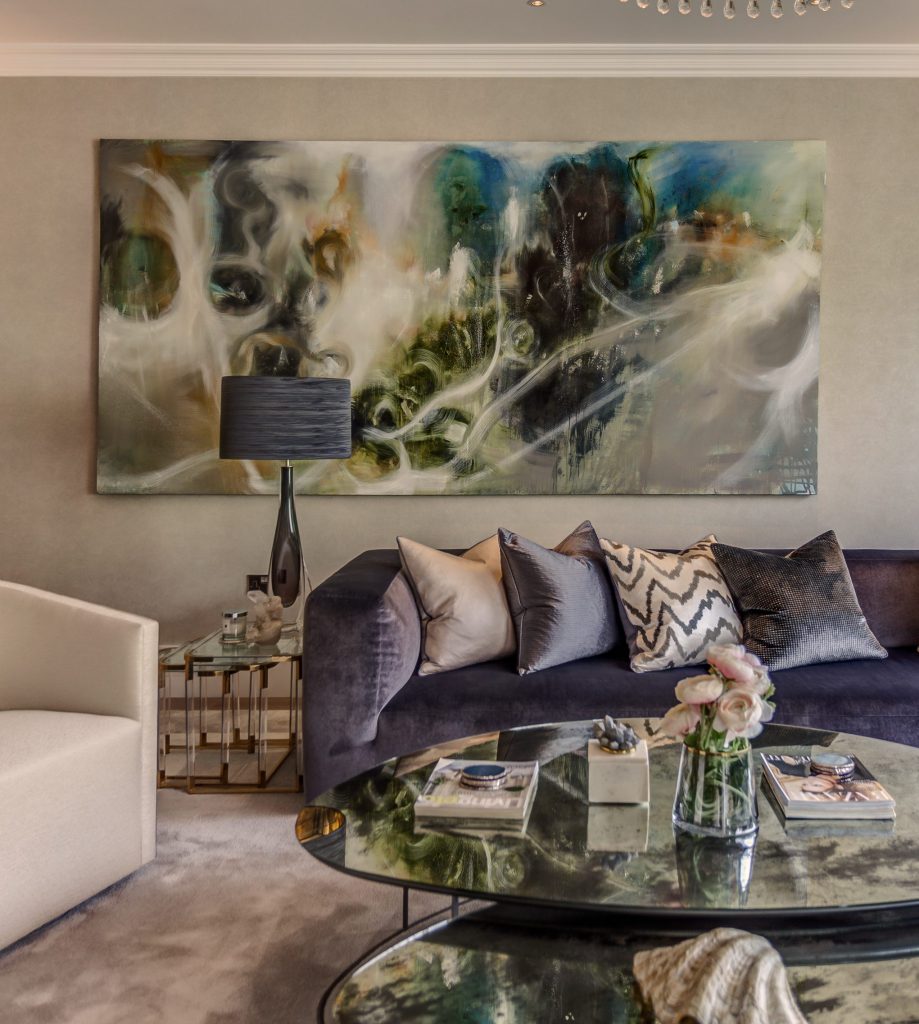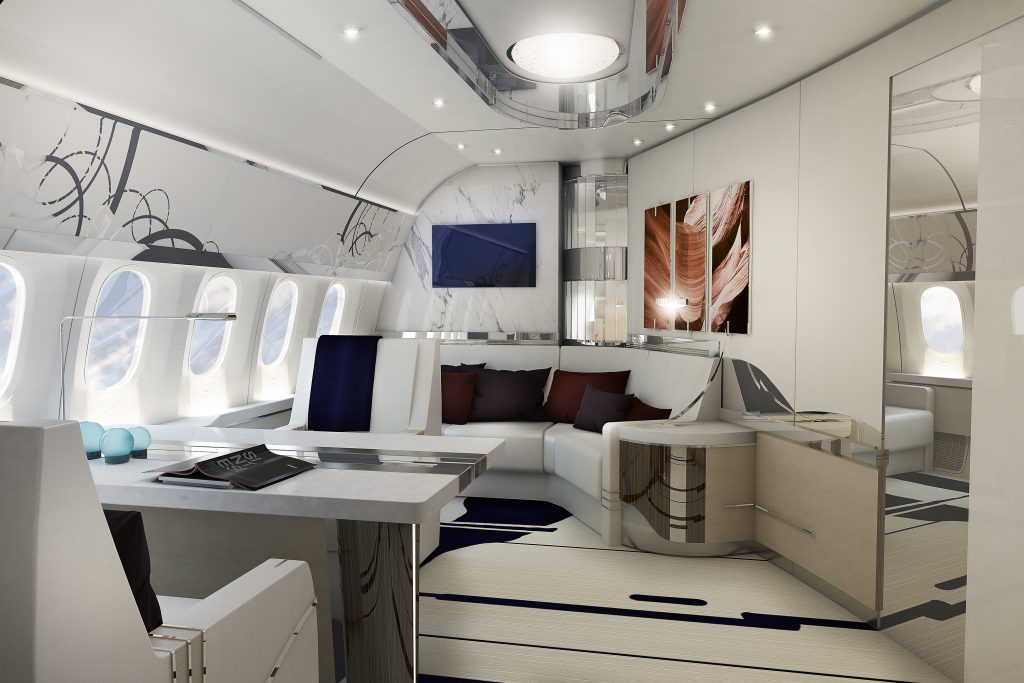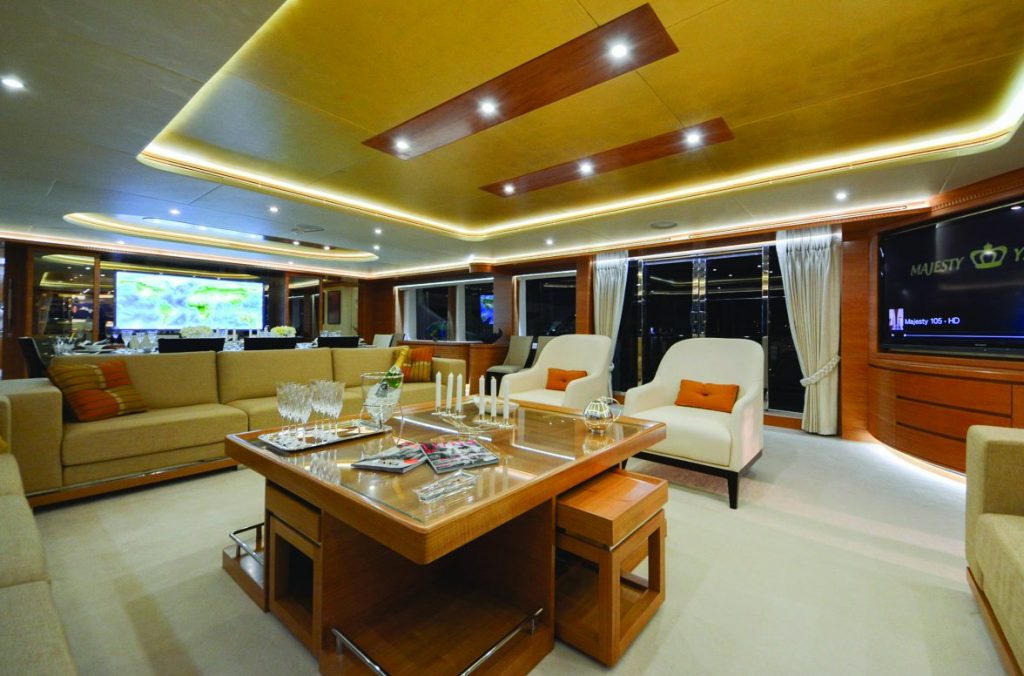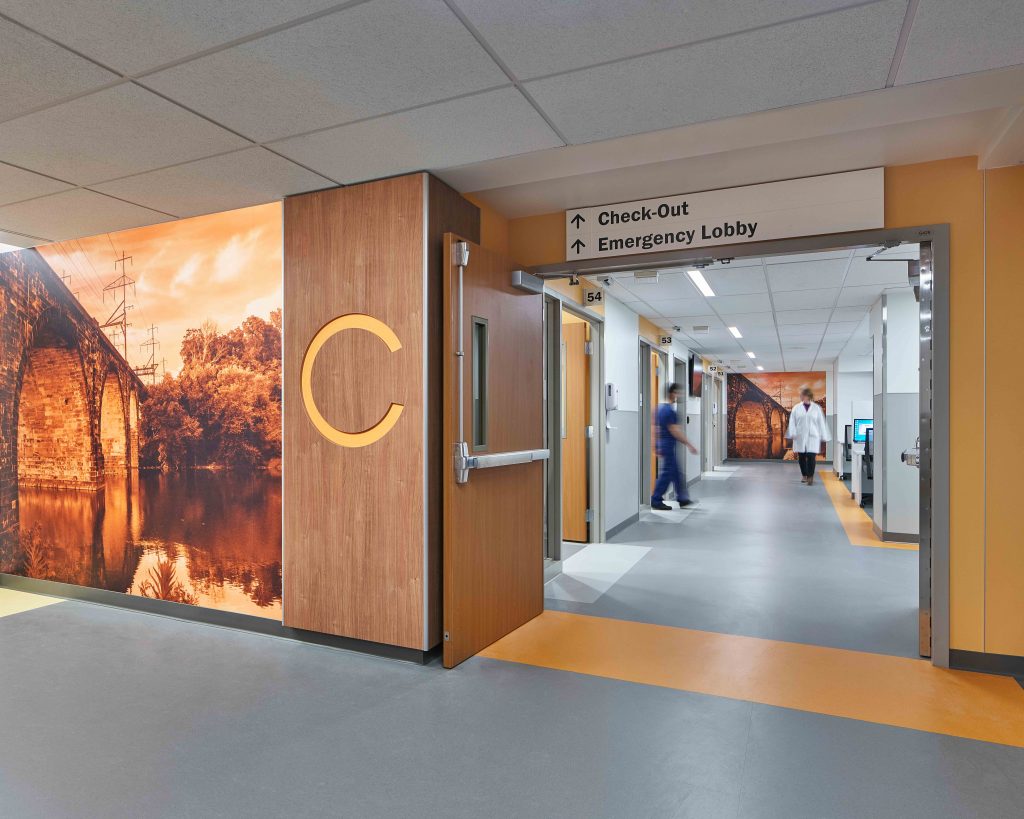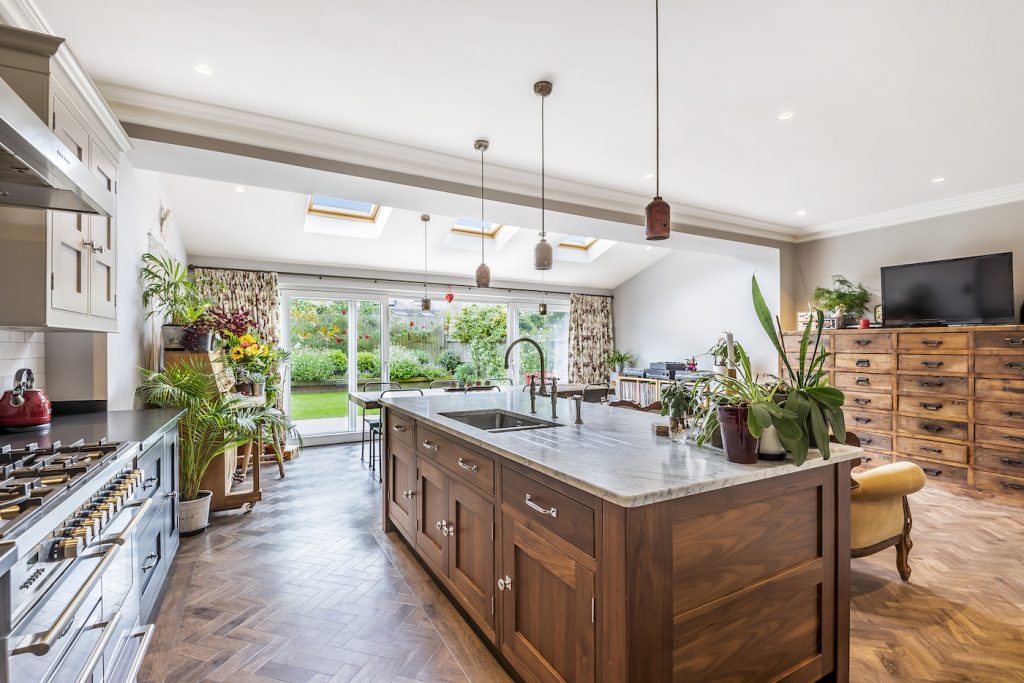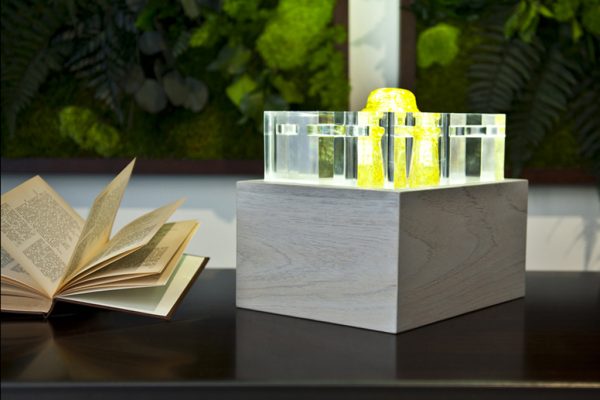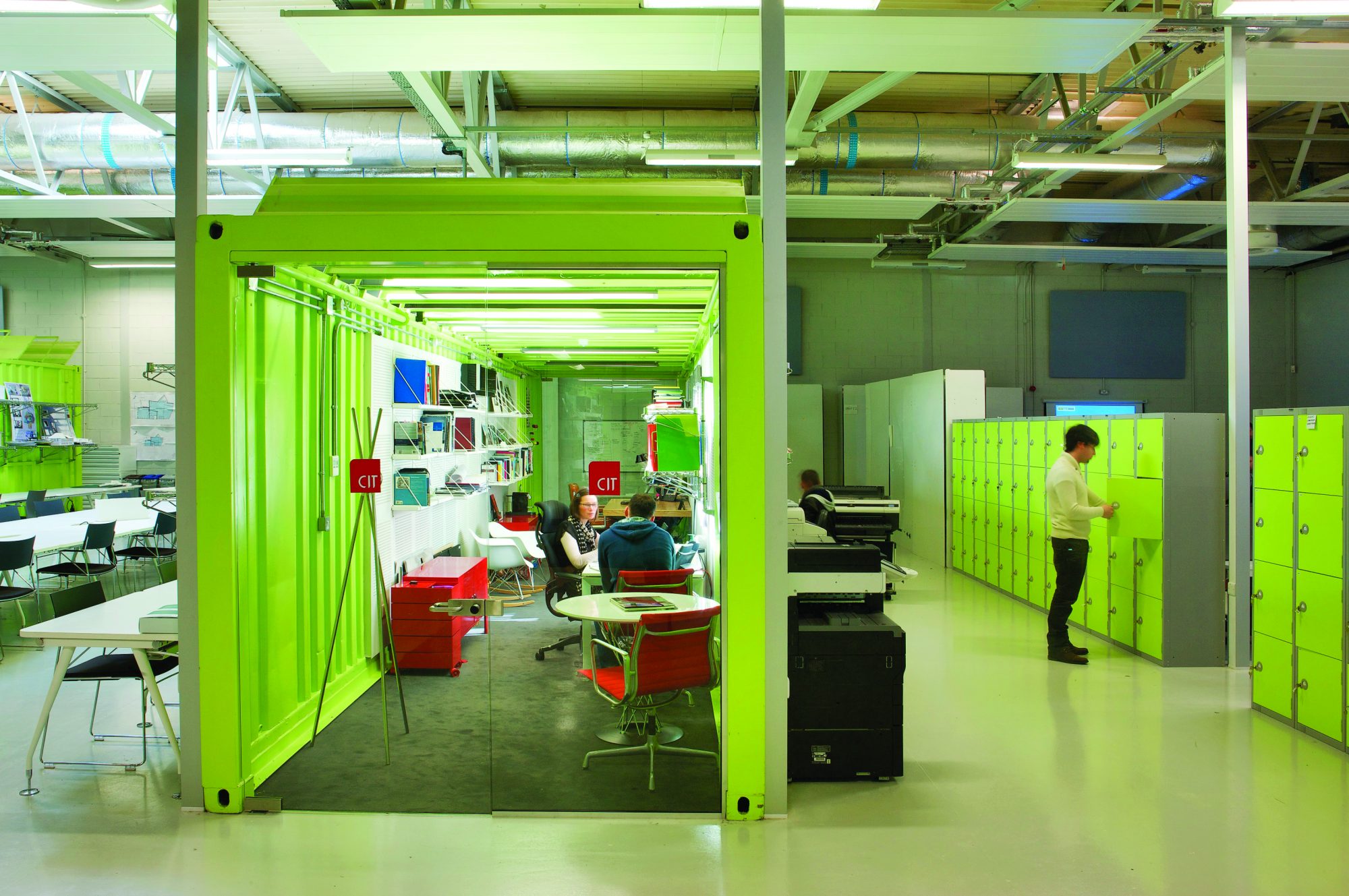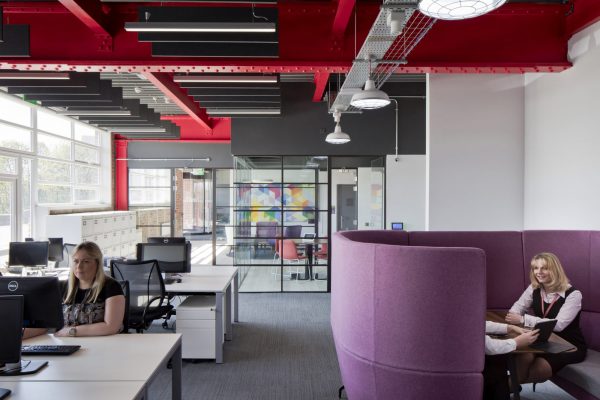4. Specification and Sourcing
Designers source trade-only and contract-use products which, due to complex technical specification requirements, installation techniques and performance warrantees are unavailable to the general public. Trade items are strictly for trade professionals who have acquired the skills to correctly specify the item for its desired function, location and use. This further protects manufacturers from issues arising from incorrect specification and installation, which often leads to product failure and complaint.
SBID Designers have access to an exclusive database of verified, trade products for contract and residential sectors, helping our members provide high quality, compliant and custom-designed interior solutions.
How product specification differs:
Each design specialism has differing requirements that alter product criteria, from performance oligations and maintainance to the legalities of its installation. Accurate sourcing, specification and installation is paramount. Always use a qualified SBID Designer to ensure neither product warrantee or property insurance is invalidated as a result of receiving inaccurate advice.
5. Procurement
A designer works in one of three ways;
1. Design Only - A schedule of recommended products and a scaled 2D room layout plan. Often the designer will work alongside an Architect on internal layout drawings in a new development or a Design Team in a commercial project.
2. Design and Supply - This includes step 1, but will also incur an additional fee for the designer to supply the specified products including product sourcing, ordering, checking accuracy and condition. It does not include managing client returns, delivery error, manufacture delay or damage to goods delivered, although these factors can usually be negotiated for an additional fee.
3. Design, Supply and Manage - This complete package includes installation fees for decoration items. It includes overseeing procurement processes and is charged at an agreed day rate as an additional fee to the Design Fee. SBID recommends that an estimated number of days is included in the contract and any additional fees applicable have a pre-qualified cap to prevent delay in progress, but protect rising costs without client authority.
6. Stylising
On completion of fit-out works, a designer is often also commissioned to complete the project by returning to 'dress' the spaces. This is an additional fee, but will add that final designer touch. Sometimes just changing the angle of a piece of furniture or relocating an item can make all the difference to the aesthetic impact, so this step is very much recommended. An installation of a commercial project is usually carried out by a design management team, so requires increased coordination on handover for the final layout and reveal.
7. Handover
SBID recommend that the handover is carried out on completion. The designer should conduct a full walk-through of the project with you to note any items that need addressing. This provides a chance to identify and discuss any outstanding issues. Both parties should sign this document as an agreed list of errors that need resolving, with a date specified for which they should be completed. The terms of a contract may also define a time-frame for any issues to be raised.
All warrantees and instruction manuals, along with cleaning and care instructions should be handed over by the designer at this point. This is called handover with retention. When the walk though is complete, the designer should confirm official project completion.
